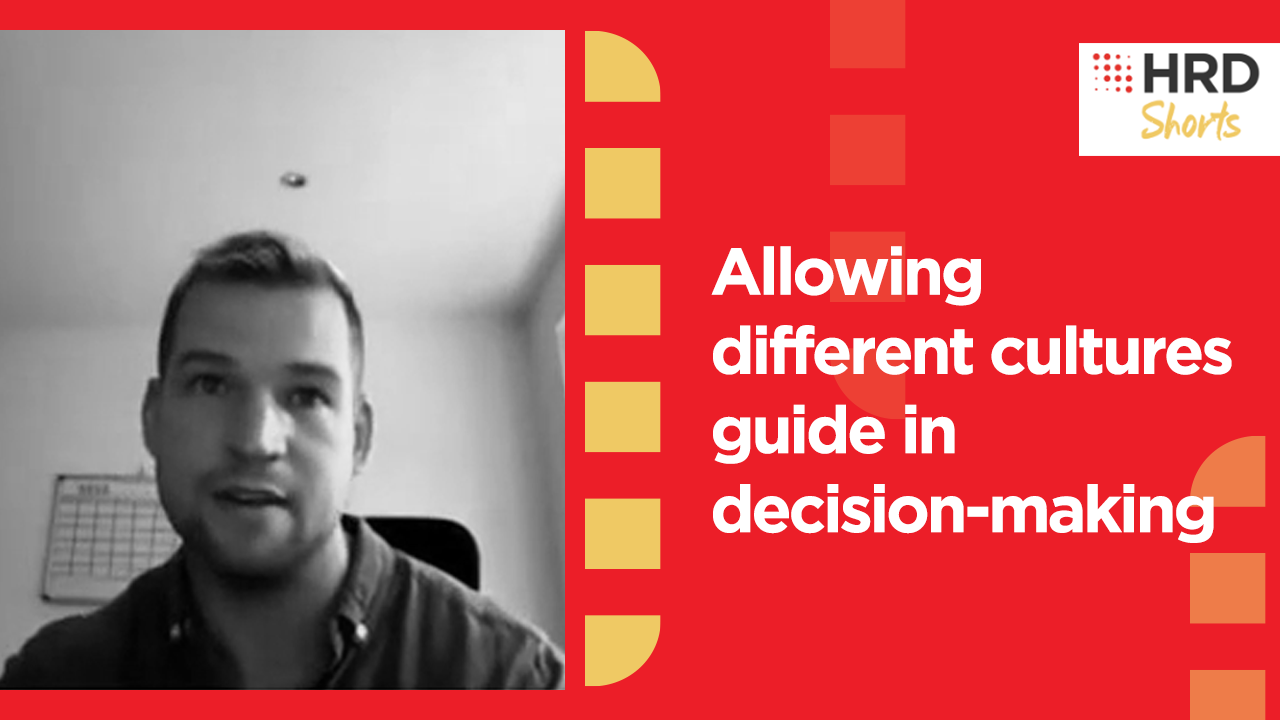Allowing different cultures guide in decision-making
- 1 Min Read
Decision-making culture can vary significantly globally. Join Daniel Illes as he looks at different dimensions of decision-making through different cultures, how they fall across the spectrum and the challenges faced by businesses as they cooperate on a global scale.
- Author: Neville Chesan
- Date published: Jul 25, 2022
- Categories

Decision-making differs across cultures, therefore it’s important to understand what drives the process. Taking different dimensions into consideration, a business may take a top-down or a consensus decision-making approach.
Diverse national cultures fall across different sides of this spectrum. It is necessary to not dismiss one approach in favor of another as consensus, just as top-down can bring in effective change management.
Daniel Illes is VP of People at Vinted, the largest secondhand platform in Europe. Before Vinted, Daniel was Co-Founder and Chief People Officer at Drover, a car subscription startup in London which exited to Cazoo last year. In a previous life, Daniel worked as a corporate lawyer and later as an early employee at the ridesharing company Lyft.
Key Timestamps:
0.08 – 1.45: Mapping different cultures’ decision-making approaches using dimensions defined by Erin Mayer’s Culture Map and Hofstede Insights
1.46 – 2.33: Top-down decision-making vs consensus decision-making cultures
2.33 – 3.10: West’s outlook on consensus decision– making culture
3.10 – 4.03: Consensus decision works as effectively as top-down decision-making
4.04 – 4.52: Importance of not stereotyping based on cultural norms








